

 marcopolo@chinatoursnet.com
marcopolo@chinatoursnet.com
Home / Beijing Tours / Beijing Harbin Tours
Sorry, no result for your request! Please send your questions, and we will reply as soon as possible.
Our Facebook

Our Twitter

MATCHES FOUND

----------------------- No more -----------------------
The Most Popular Beijing Tours
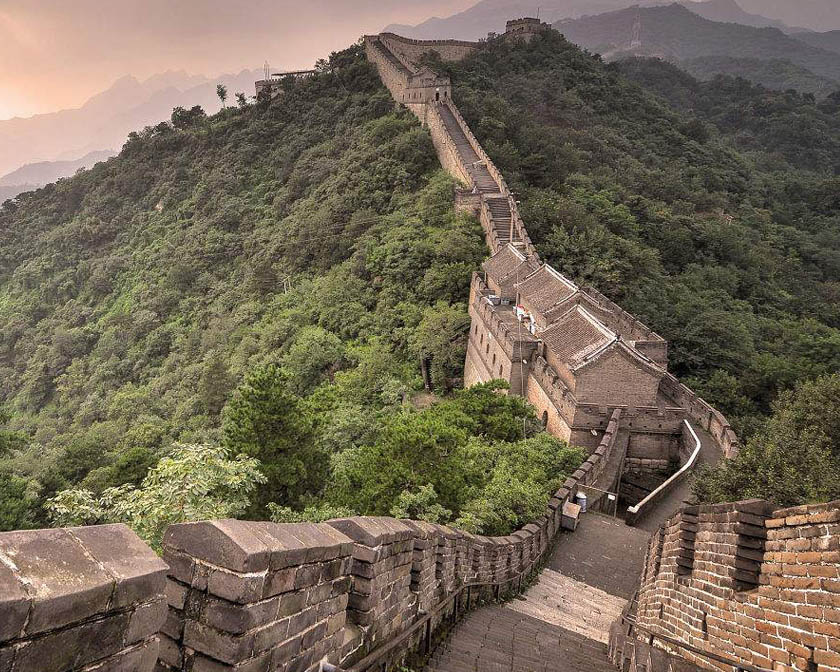
1 Day Beijing Tour: Mutianyu Great Wall and Ming Tombs (Changling)
1 Day|From$50
Welcome to Beijing! Visit two of the most famous UNESCO World Heritage Sites in 1 Day Beijing Group ...
Explore Further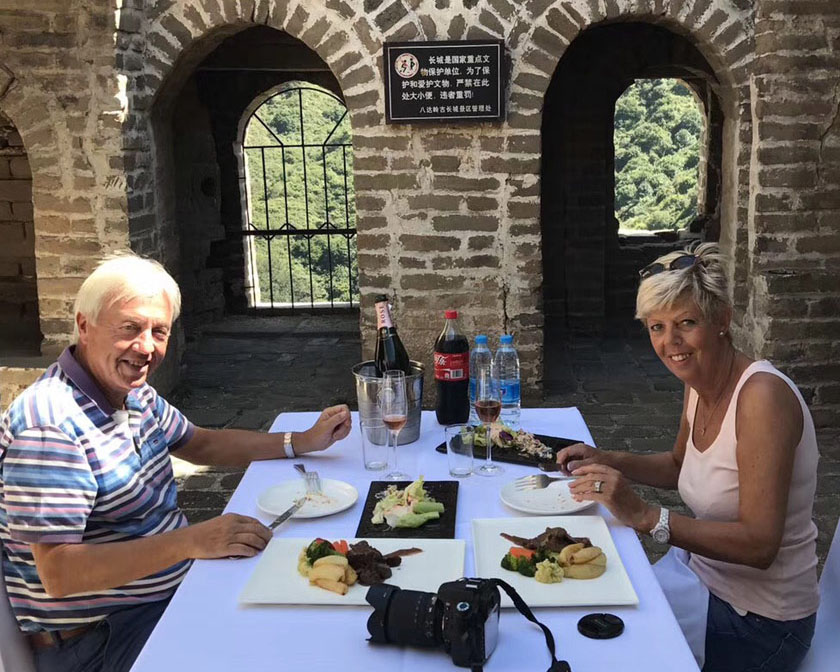
2 Days No Shopping Classic Beijing Tour
2 Days|From$142
Let’s explore imperial culture from these renowned architectures or buildings, we’ll experience ...
Explore Further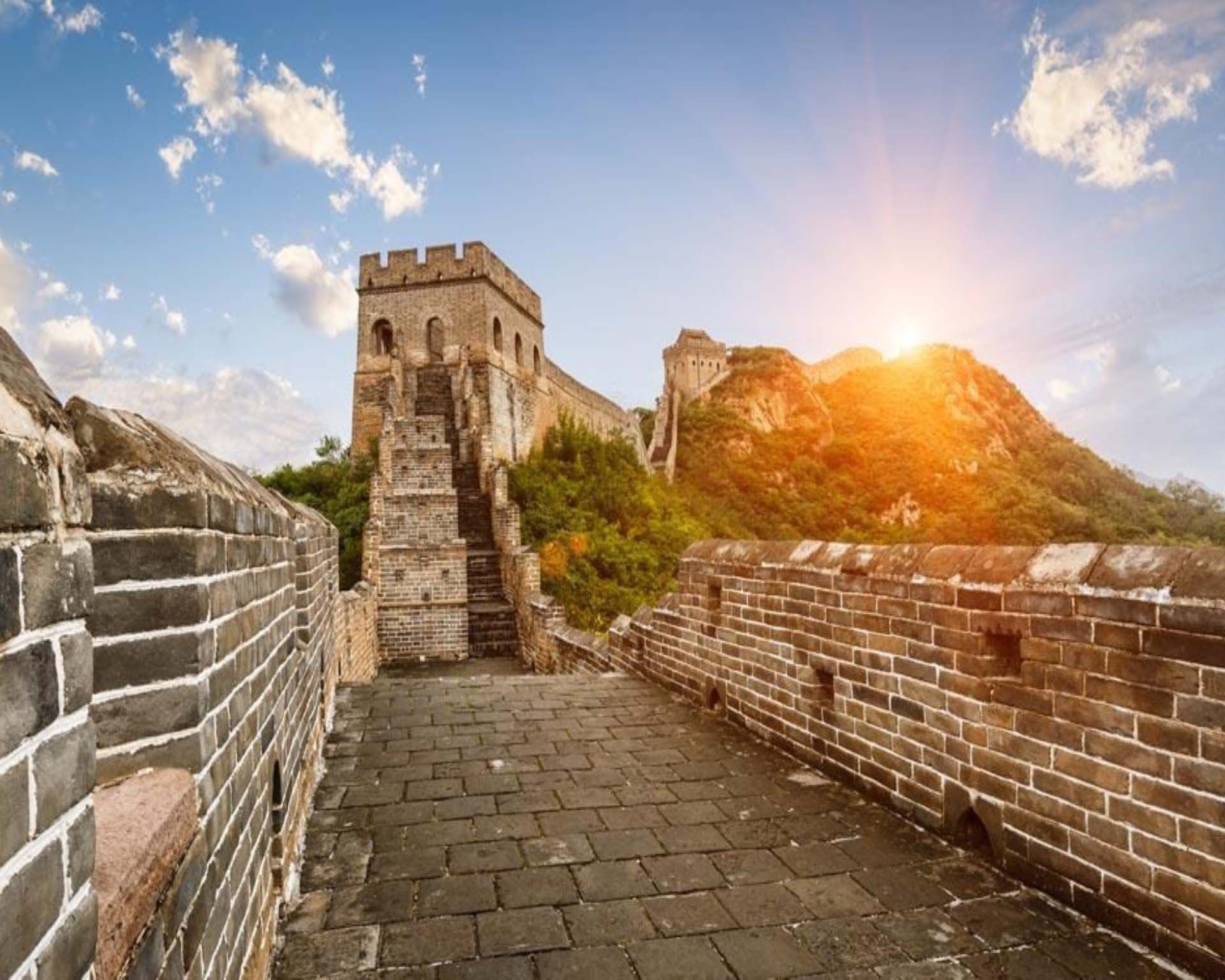
3 Days Beijing Tour: Visit the Most Famous Attractions of Beijing
3 Days|From$150
You'll visit Beijing top attractions and UNESCO World Heritage sites on this 3 days Beijing group or...
Explore Further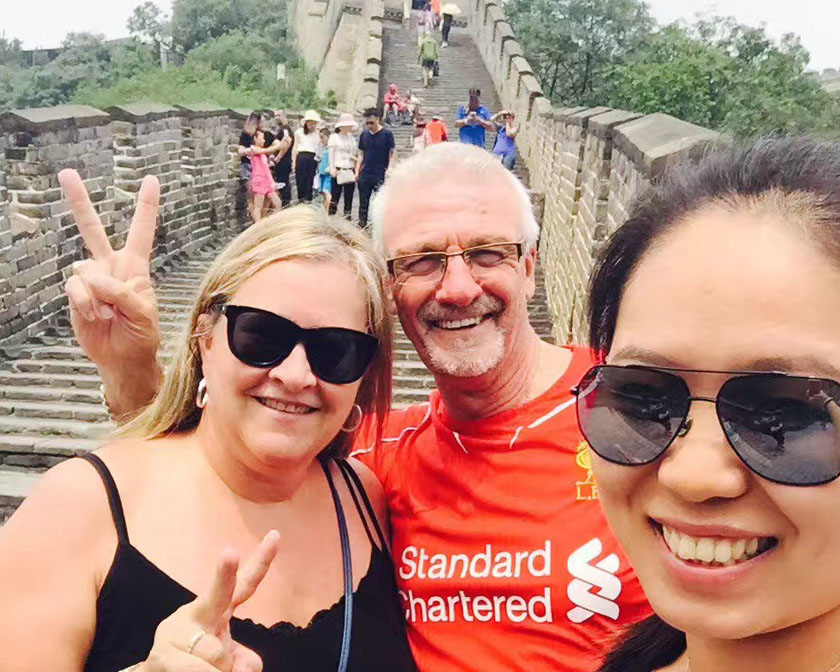
4 Days Beijing Tour Covers the Famous UNESCO World Heritages
4 Days|From$230
Historical Beijing is a true testament of how the country has grown from the historical past to the ...
Explore FurtherBeijing Great Wall Tours
No trip to Beijing would be complete without a Great Wall tour. Great Wall tours take you on trip through living history either on the wild or refurbished sections, busy or less visited sections, safe or the most strenuous sections all spread through Mutianyu Great Wall, Badaling Great Wall, Jinshanling Great Wall, Simatai Great Wall, Jiankou Great Wall, and Huangyaguan Great Wall sections. Check out some of the best Great Wall tours from major cities to the Wall, and walk along this symbol of China's power. Well, let's start!
.png)
.png)
.png)
.png)
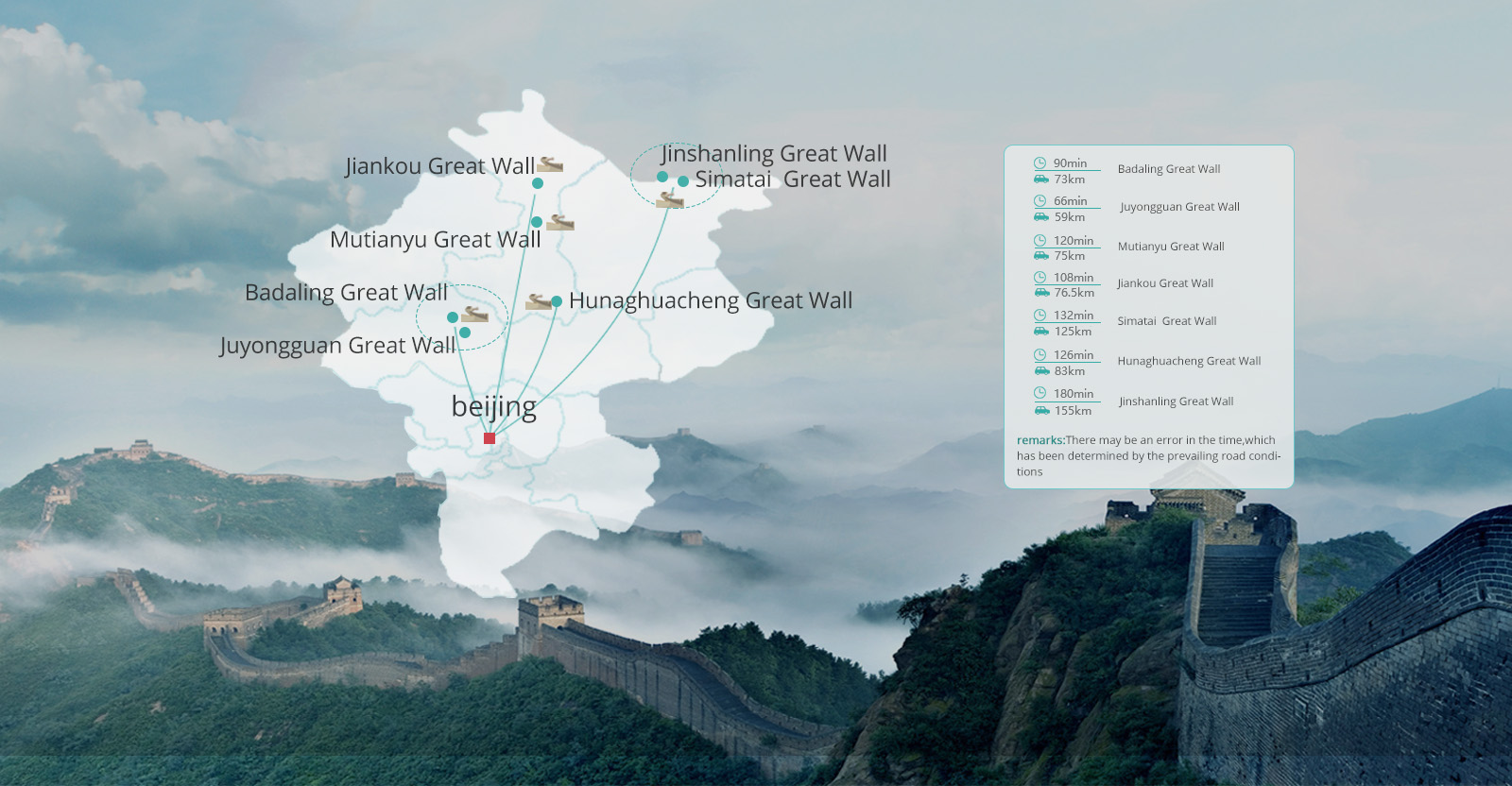
Recommended China Tours with Beijing
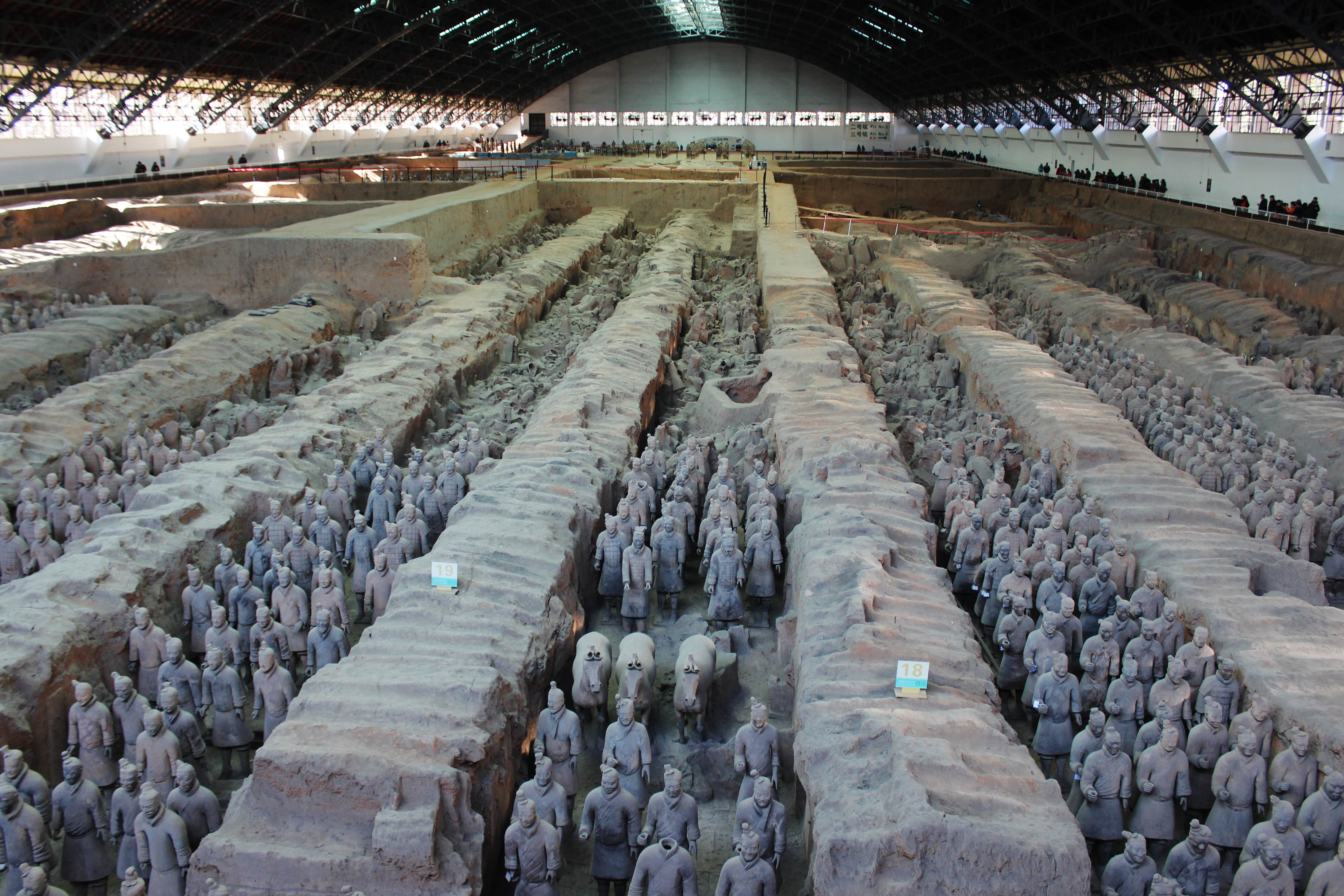
Here is a typical itinerary covering the essence of Beijing and Xian perfect for you to not only have a lifetime train experience in China but also explore two ancient cities. If you are in Beijing you are only one and a half hours away from Xi'an by flight discover some of China’s top highlights. Xian, home to the Terracotta Army, is a city that you should not leave out while visiting China. Includes transfers between hotel and train station, entrance fees, a knowledgeable guide, lunch and private transport in Xi'an.
2 Days Beijing 1 Day Xian Exploring the Wonder of the World
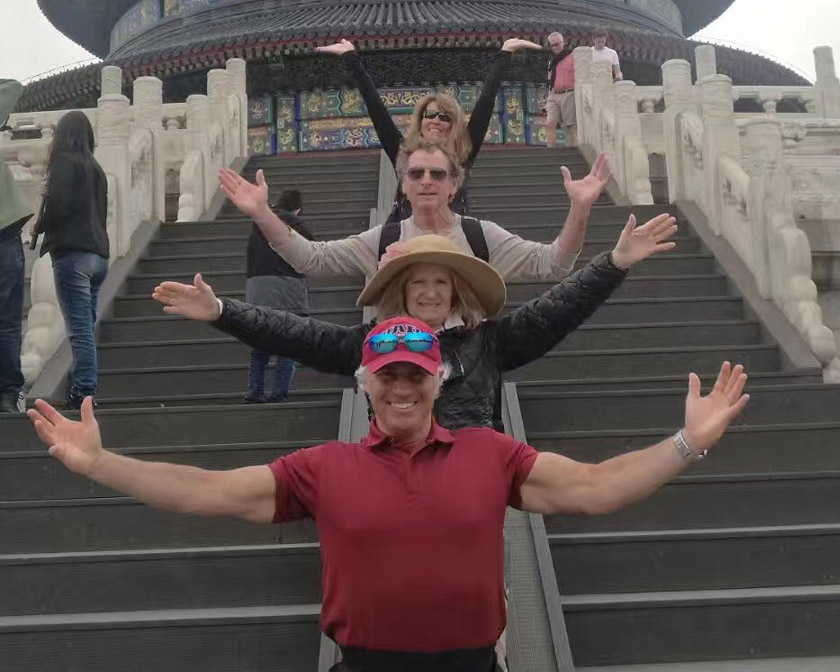
On this private 4 days tour, you'll have plenty of time to take in the sites of the UNESCO World Heritage Site in Beijing then by High-speed train en route Shanghai experience the splendid scenery. Shanghai offers a different kind of experience in comparison with magnificent Beijing because you venture into modern, elaborate and classic Shanghai highlights. This is a private tour so please list any special interests you have (art, architecture, history, culture) when booking to alert our guide so that he or she can better prepare for your private tour.
4 Days Beijing and Shanghai Tour in a High Speed Train
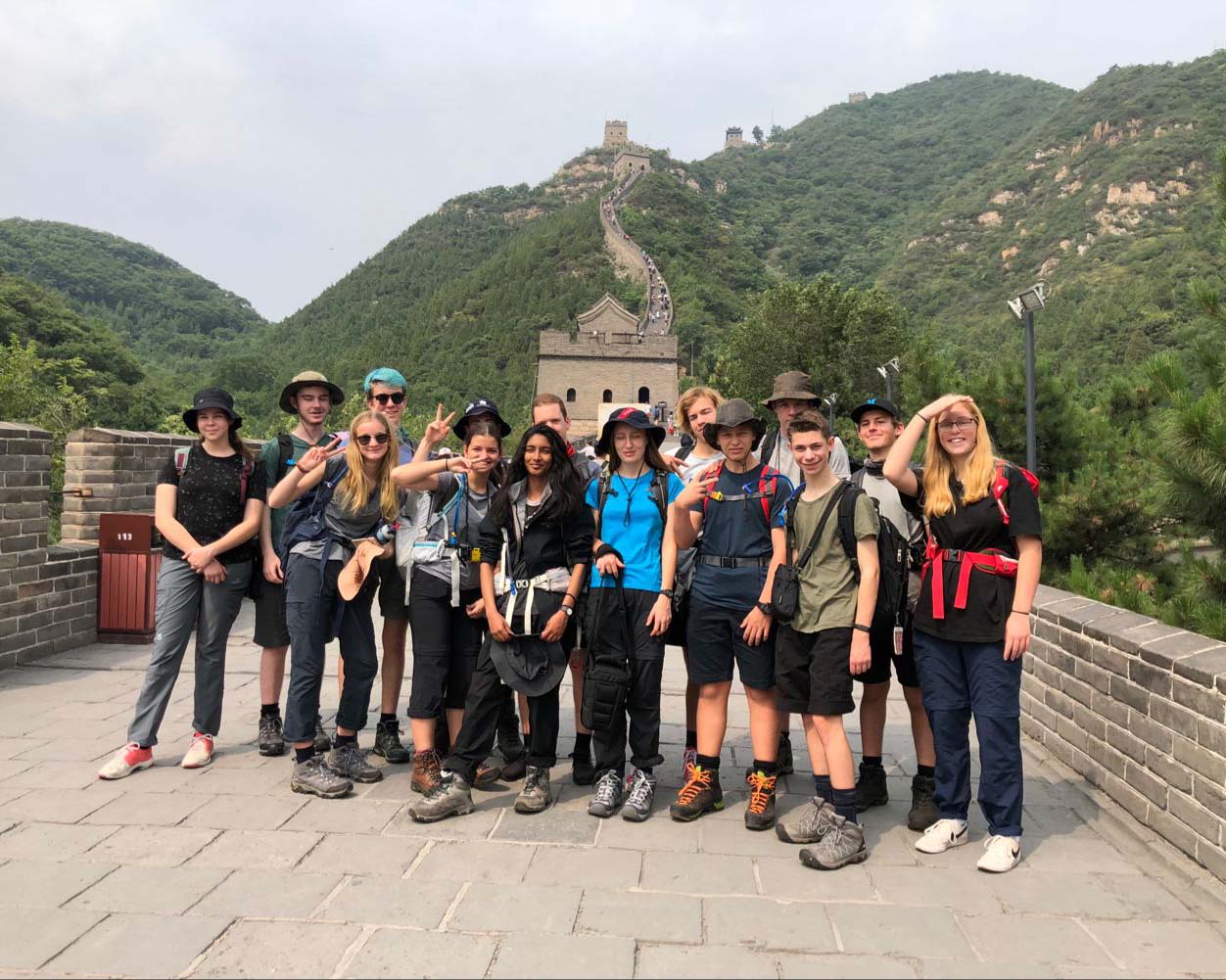
Hike the Great Wall at Mutianyu and enter the Forbidden City then excite for all the highlights in Beijing, explore the Big Wild Goose Pagoda and visit an army of Terracotta Warriors in Xi'an then overlook the metropolitan city on the Oriental Pearl TV Tower concluding your adventure in Shanghai, the Paris of the East. Enjoy an in-depth sightseeing experience over six days with this comprehensive Beijing, Xian, Shanghai city tour. With a knowledgeable guide, feast your eyes with major attractions and experience Chinese high-speed train.
6 Days Small-group Beijing, Xian, Shanghai Boutique China Tour in High-speed Train

Join this China tour, experience combination of historical, cultural and natural sites is the best selection. Your will learn China's thousand-year-old history. Get closely in touch with China's amazing culture, interact with local people and admire the breathtaking landscape. This 12 days China tour package let you experience the "oriental pearl Shanghai", "humanly paradise" Suzhou and Hangzhou, and "Mount Huang" famous for the odd rocks and cloud sea and end in the capital historical city Beijing.
12 Days China Tour Package: Shanghai Suzhou Hangzhou Mount Huang and Beijing
Beijing Night Show
Beijing Dining

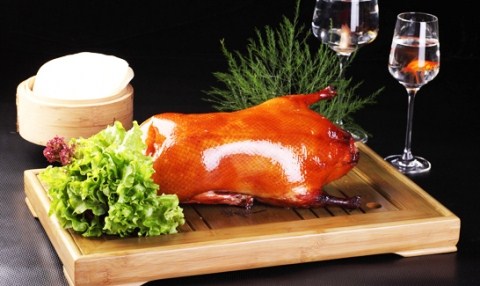
$30
Peking Roast Duck
Peking duck, also known as Peking Roasted Duck or Beijing Kaoya, is a dish of great antiquity from Beijing that can trace back to the imperial era. Nowadays, Peking Duck had become one of the specialties of the capital and a national symbol of China, favored by tourists and diplomats alike. For instance, Henry Kissinger, the former Secretary of State of the United States, came to savor this cate, during his two visits to China in 1971 and in 1976. It has also been a favorite delicacy for various political leaders ranging from Cuban Fidel Castro to former German chancellor Helmut Kohl. The delicacy is characterized by its crisp skin shining date-red in color and tender texture, with authentic versions serving mostly the skin and little meat, sliced in front of the diners by the cook. The hot Peking Roast Duck will be brought to the dining table by the chef where he will slice it into more than 100 thin flakes, each having its piece of crispy skin. The meat is often eaten with spring onion, cucumber and sweet bean sauce with pancake rolled around the fillings. Sometimes pickled radish is also inside, and other sauces can be used. The remaining duck with meat and bones can be cooked in three ways. The traditional way is to be cooked into a broth. The meat together with bones can also be stir-fried with sweet bean sauce, or rapidly sautéed and served with salt and Sichuan pepper. Besides the traditional one, many restaurants offer an All Duck Banquet - various dishes cooked with the offal and juices of the duck, surrounding the main dish. It will be sure to give you satisfaction and enjoyment when dining. Duck has been roasted in China since the Southern and Northern Dynasties(386-589). Up until the Southern Song Dynasty (1127-1279), ducks were roasted in the area around Jinling (ancient name for Nanjing). A variation of roast duck was prepared for the Emperor of China in the Yuan dynasty(1271-1368). The Peking Roast Duck that came to be associated with the term was fully developed during the later Ming dynasty when the rulers moved their capital city to Beijing from Jinling and by then, Peking Duck was one of the main dishes on imperial court menus and was highly regarded by emperors and other members of the ruling classes. By the Qianlong Period (1736–1796) of the Qing dynasty, the popularity of Peking Duck spread to the upper classes. The first restaurant specializing in Peking Duck, Bianyifang, was established in the Xianyukou, close to Qianmen of Beijing in 1416. Preparation Raising the duckNewborn ducks are raised specially in a free range environment for the first 45 days of their lives, and force fed 4 times a day for the next 15–20 days, resulting in ducks that weigh 5–7 kg. The force-feeding of the ducks led to an alternate name for the animal, Peking Stuffed Duck. Seasoning the duckA suitable fattened White Beijing Ducks are slaughtered, plucked, eviscerated and rinsed thoroughly with water. Air is pumped under the skin through the neck cavity to separate the skin from the fat. The duck is then plunged in boiling water for 1 to 5 minutes, then hung to dry. This will tighten the skin and help the duck to achieve its traditional crispy texture. The duck is then glazed with a layer of potentially spiced and flavored maltose syrup. A marinade of traditional flavorings, including soy sauce and five-spice powder, and more maltose, is then applied inside the body cavity. This will flavor the duck during the next step. The duck is then left to dry for between 24 hours and several days in a cool, dry place, which allows the skin to crisp while roasting. Roasting the duckHitherto, there are two traditional schools of cuisine for the duck cooking, namely closed oven and hung oven. Closed-oven stylePeking duck is originally roasted in a conventional closed oven, allowing the meat to be slowly cooked through the convection of heat within the oven. Controlling the fuel and the temperature is the main skill. In closed-oven style, duck meat is combined well with the fat under the skin, and therefore is juicy and tender. Hung-oven styleThe hung oven, also known as open oven, was developed in the imperial kitchens during the Qing Dynasty. It is designed to roast up to 20 ducks at the same time with an open fire fueled by fruit hardwood from peach or pear trees. The ducks are hung on hooks above the fire and roasted at a temperature of 270 °C (525 °F) for 30–40 minutes. While the ducks are roasting, the chef may use a pole to dangle each duck closer to the fire for 30-second intervals. By the means of hung oven, the fat is usually melted during the cooking process, so the skin is more crispy. The initial technique has been perpetuated by very few restaurants among which the household name Bianyi Fang is the representative. The second method is relatively well-known and used with great success by the notable Quan Ju De Restaurant, first established in 1864, which won the China Renowned Trademark as well.

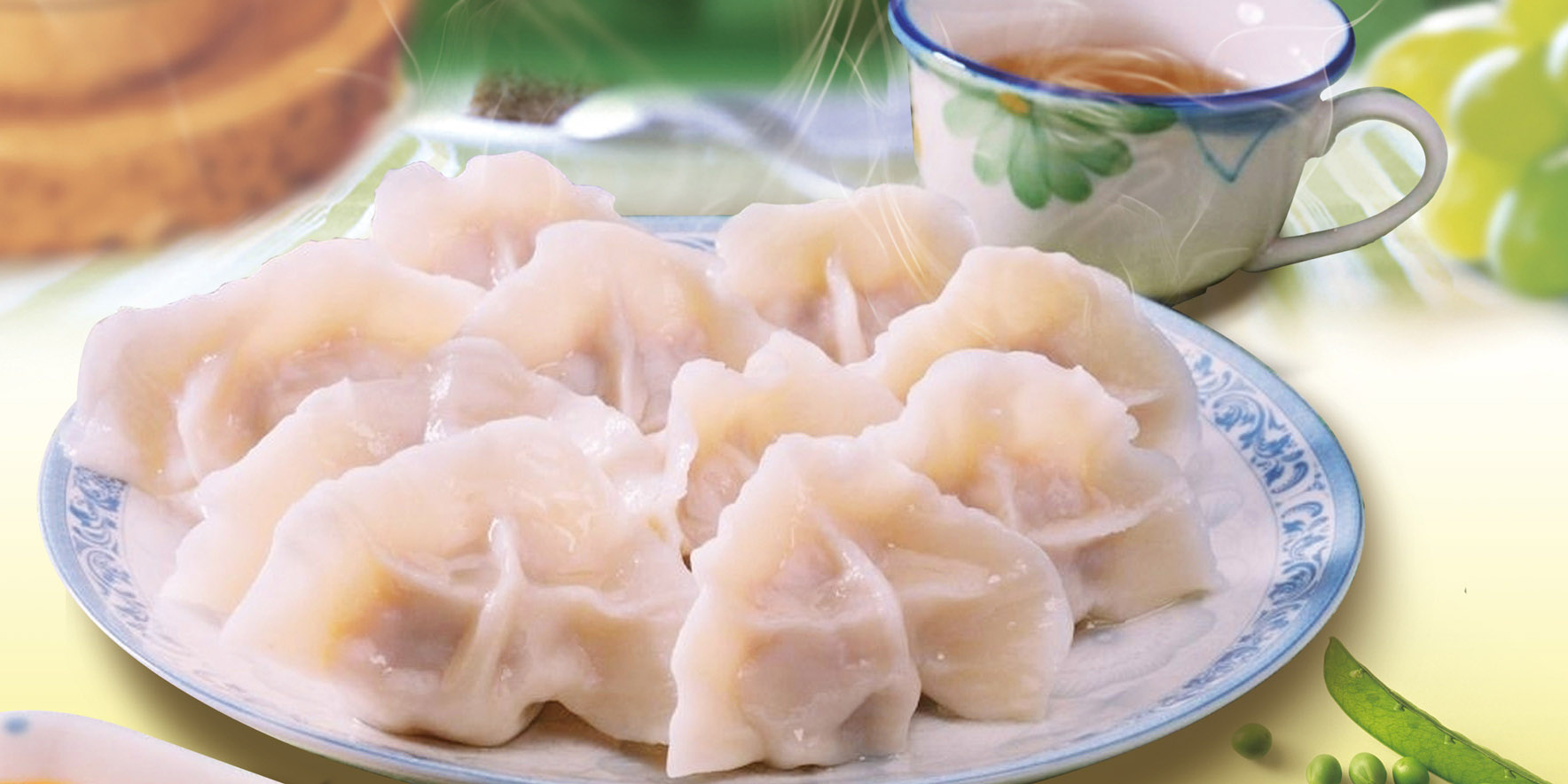
$25
Dumpling
Introduction of Chinese Dumpling: Dumplings with meat and vegetable fillings, is very popularthe Chinese new year and at other festivals. It tops the list of delicacies of people in north china, where people eat dumpling at midnight on new year‘s eve and for breakfast on new year’s day. The history of dumpling dates back to ancient time. But the custom of making dumpling a special dish during, started in the Ming dynasty, some 500 years ago. The reason is simple. The appearance of dumpling looks like the V shape gold or silver ingot used as money in ancient china. As the spring festival marks the start of a new year, people choose to eat dumpling to connote their wishes for good fortune in the new year. Althoughhas changed, the tradition has remained. But today, dumpling is considered more as a sign of propitious blessing than of fortune. as china is a country with a vast territory, there are great differences in various regions in ways of making dumpling or even serving it. There is no set rule as to what makes dumpling filling, they can be anything from vegetables, meat to seafood. Whatever the fillings, the wrapping skill needs to be exquisite to make dumpling look attractive. Ways of serving dumpling also vary from place to place. Generally, dumpling are boiled in water and served with vinegar, soy sauce, garlic or chilli oil if one likes them hot. Many families in china usually prepare enough dumpling to last several days of the spring festival time. To make dumpling, first of all, chop the meat into tiny pieces and mash tem, then add salt, sesame oil, soy sauce, ginger, scallions, Chinese cabbage and MSG if you like. Mix thoroughly the ingredients and meat filling, add 2 spoonful of water if necessary. In a big bowl, add water to flour gradually. Mix and knead by hand to form soft dough, then cover it with towel and put it aside for about an hour. Then scatter some dry flour on the board, knead and roll it into small pieces. Press each piece with you hand and get a pancake. Finally, to hold the pancake with your palm and put the filling in the center and wrap in to half moon shaped and seal the edges. Next step is easy. Put the dumpling into boiling water, when it is well cooked, it is ready to be served. However before eating you need to prepare some small dishes to contain the mixture of soy sauce vinegar and sesame oil or chilli oil. There have been so many varieties of dumpling that it is no longer a rare scene for restaurants to offer a whole dumpling banquet, serving up several dozen kinds of dumplings. If you are interested and want to experience the fun of making dumplings, you can book a tour containing the making dumplings.

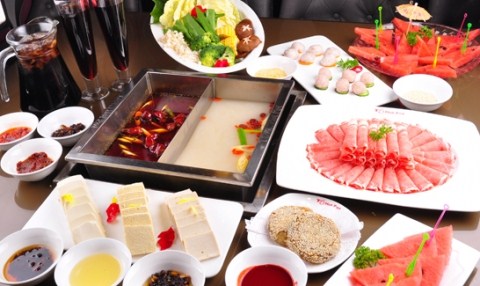
$45
Hot Pot
Hot pot, and the less common Chinese fondue, refer to several East Asian varieties of stew, is ke consisting of a simmering metal pot of stock at the center of the dining table. While the hot pot .is kept simmering, ingredients are placed into the pot and are cooked at the table. Typical hot pot dishes include thinly sliced meat, leafy vegetables, mushrooms, wontons, egg dumplings, and seafood. The cooked food is usually eaten with a dipping sauce. In many areas, hot pot meals are often eaten inn the winter. The Chinese hot pot boasts a history of more than 1,000 years.While often called "Mongolian hot pot", it is unclear if the dish actuall originated in Mongolia. Mongol warriors had been known to cook with their helmets, which they used to boil food, but due to the complexity and specialization of the utensils and the method of eating, hot pot cooking is much better suited to a sedentary culture. A nomadic household will avoid such highly specialized tools to save volume and weight during migration. Both the preparation method and the required equipment are unknown in the cuisine of Mongolia of today. Hot pot cooking seems to have spread to northern China during the Tang Dynasty (AD 618-906). In time, regional variations developed with different ingredients such as seafood. By Qing Dynasty, hot pot had become popular throughout most of China. Today in many modern homes, particularly in big cities, the traditional coal-heated hot pot has been replaced by electric,gas or electromagnetic cooker versions. Because hot pot styles change so much from region to region, many different ingredients are used.
Select Your Ideal Attractions in Beijing
![]() One to One Service
One to One Service
Customized Tour with Your Ideas, Fill Out the Questionnaire Here.
You have selected:
Quick Answer
![]()
Arun
2020.01.10
Hello Arun,
Thanks for contacting chinatoursnet.com.
Are you looking for 3 days Beijing group tour?
Best,
